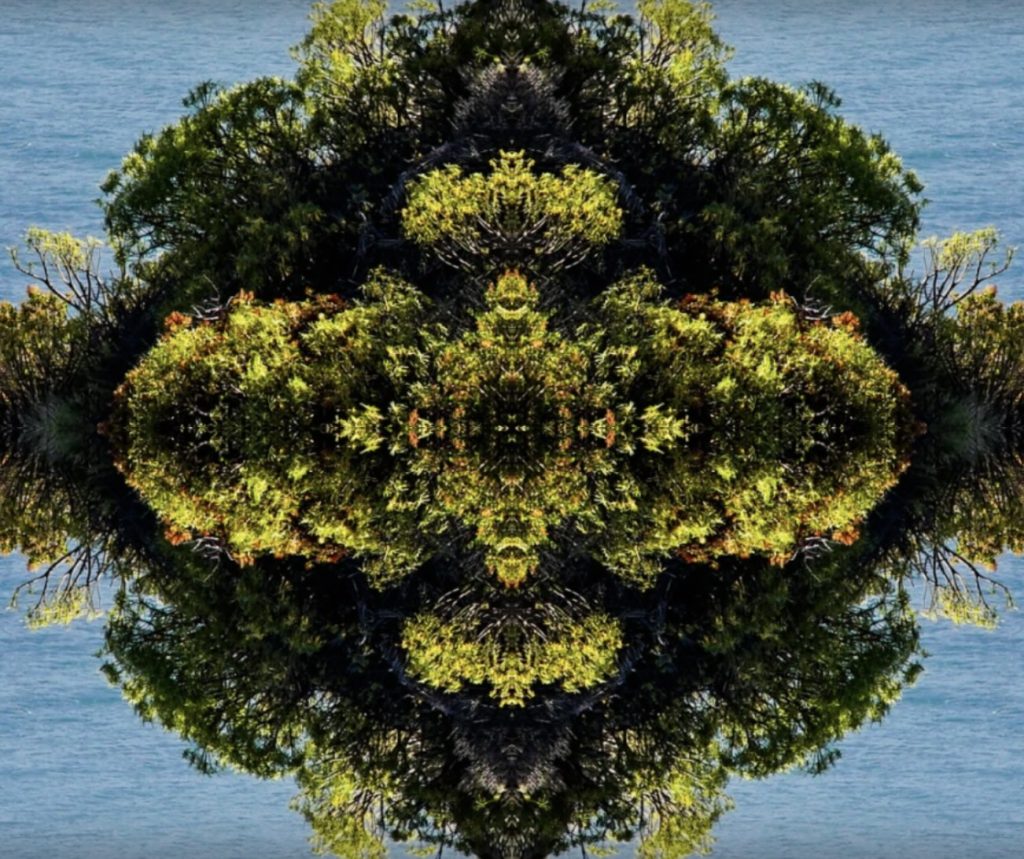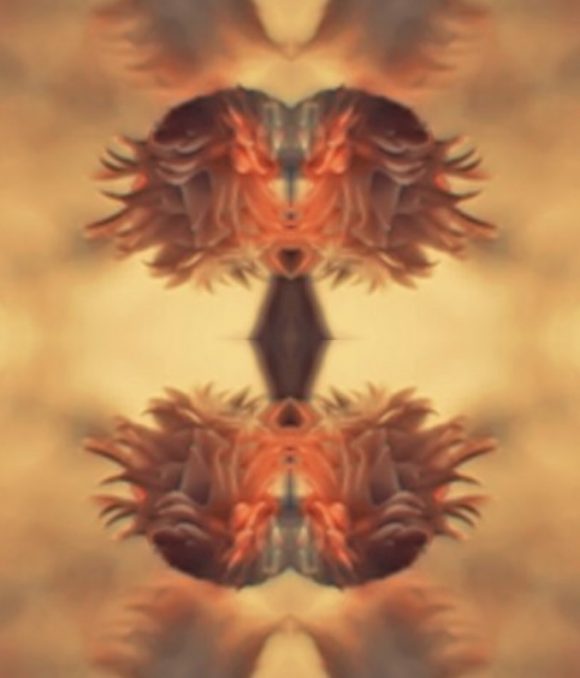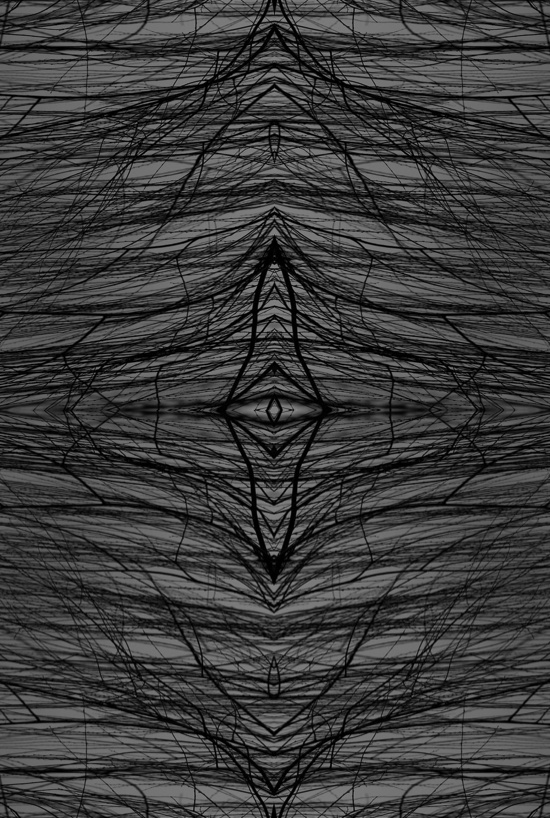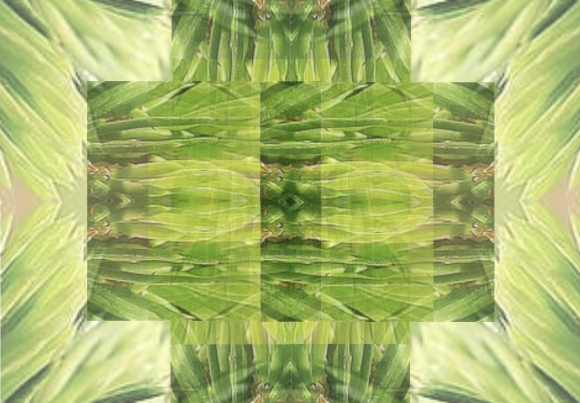Much of the thinking on this blog starts from within a tradition in 20th century thought which we might call broadly “Jungian” or “archetypal”. This tradition is generally characterized as a psychology, originating from Freudian psychoanalysis, but distancing itself from the reductionism and scientism of the latter by bringing in more mystical, hermeneutical, and existential elements. Calling it a psychology is not entirely inept, given this tradition’s heavy use of notions such as “soul”, “psyche”, and the Jungian slogan of esse in anima (GW VI, §77). It is, however, misleading in our contemporary time, since psychology has developed into an empirical discipline adherent to the scientific method, and the Jungian tradition (despite some of its rhetoric) is not scientific. It is better seen as a speculative philosophy or, in the words of one of its main proponents, “an ontology of the soul in terms of archetypes” (Hillman; MA 12).

The archetypal tradition is centered around the notion of the psyche, and aims to explicate it in terms of certain long-standing (“archetypal”) ideas, which represent recurrent psychological patterns. Following Jung, we can call these ideas Shadow, Anima, Spirit etc., and describe them in terms of certain dynamics in the psychological development of individuals. Jung traced in several of his writings a process he called “individuation”, where a person would be triggered by the workings of an archetype of which they were originally unaware, become conscious of certain contents the archetype produces (dreams, fantasies, neurotic obsessions, synchronistic events), and develop a more differentiated consciousness from the interaction with such contents. For instance, an individual might become aware of suppressed personality elements (the Shadow) and psychologically grow by re-integrating them into their conscious personality; similarly, contents from the Anima, Spirit etc. might come up and initiate progressively deeper dynamics of this sort.
The set of archetypal ideas Jung explored has subsequently been extended to many metaphorical spaces (alchemy, Greek mythology, Eastern religion, gnosticism, Kabbalah, UFOs, …) by himself and others in the tradition. This has enriched, but also diluted our understanding of such ideas. In the early phases of the tradition, broad outlines such as Jung’s “individuation path” or Campbell’s “monomyth” (hero’s journey) have structured the exploration of archetypal ideas and given it some orientation; today, it has lost both its drive and its direction, and much of the writings from the tradition appear to be merely arbitrary piles of mythological detail and psychological case material, loosely centered around an apropos “theme” de jour. A collector’s mentality has gradually taken over the field. (Some later attempts, such as Hillman’s “acorn theory” in The Soul’s Code appear to be attempts at popularizing rather than serious new directions for research.) Moreover, a permanent undercurrent is the tactic to bind the ideas of the tradition to contemporary science (such as quantum theory or more recently, chaos theory and systems thinking as in Joseph Cambray’s Synchronicity). This tactic has its parallels in modernist religion and new age spirituality, and just as there it is characteristically unconvincing and superficial, and often turns out to be little more than an attempt to gain respectability in the public eye rather than furthering insight — in short, this tactic tends to make archetypal psychology into pseudo-science rather than authentic philosophy.
From all this, it seems methodologically more fruitful to me to ignore the over-abundant detail in the later tradition and go back to a more restricted selection from the original writings of the tradition (i.e. Ego, Shadow, Persona, Anima, Spirit; the individuation process, underworld journey, midlife transition). Such a selection is, of course, to some degree arbitrary; this move also risks losing some insights from the later tradition. It seems, however, necessary to me in order to re-gain focus and direction. At the same time, it is essential to avoid some mistakes in the original set, too: mistakes that have, in part, led to the dilution we find today. Such mistakes include: confusing speculative philosophy and mystical exploration with objective science in general and (empirical) psychology in particular; indulging in a collector’s mentality and “amplification” rather than pursuing rigorous philosophical analysis; engaging in intellectual squabbles (such as Jung’s against the — very reasonable — doubts concerning astrology or the parapsychological research of Rhine et al.; similarly Hillman’s enemy images of literalism, nominalism, existentialism, and the spiritual movements of his time, as well as his Kehre).



